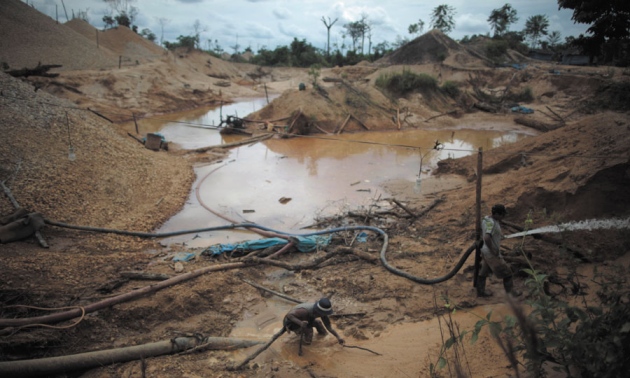9.4
7.759 Reviews

English
EN
Today, a gold mine extracts on average a few grams of pure gold from a ton of gold ore. This means that thousands of kilos of rock have to be processed for a gold ring or a gold investment coin. This is done with large machines that require a lot of diesel. If we divide the total gold production of the five largest gold mines in the world by the total fuel consumption, we arrive at a consumption of about 90 liters of diesel per troy ounce of gold in 2012 and 2013. According to S&P Global (2019), gold mines emit about 0.8 tons of CO2 for every ounce of gold mined.
In addition, mines use a lot of water, cyanide and mercury to extract the gold from the rock for gold mining. The wastewater washes into rivers, taking large amounts of sand and debris with it. The use of mercury can also release toxic fumes into the air. Big Open pit Gold mines also disturb the landscape and ecosystem. If a mine is not carefully returned to nature afterwards, there is also a risk of erosion and further deforestation. It is therefore not surprising that there are increasingly strict controls on the origin of gold and that mines in various countries are subject to strict regulations with regard to the environment.
